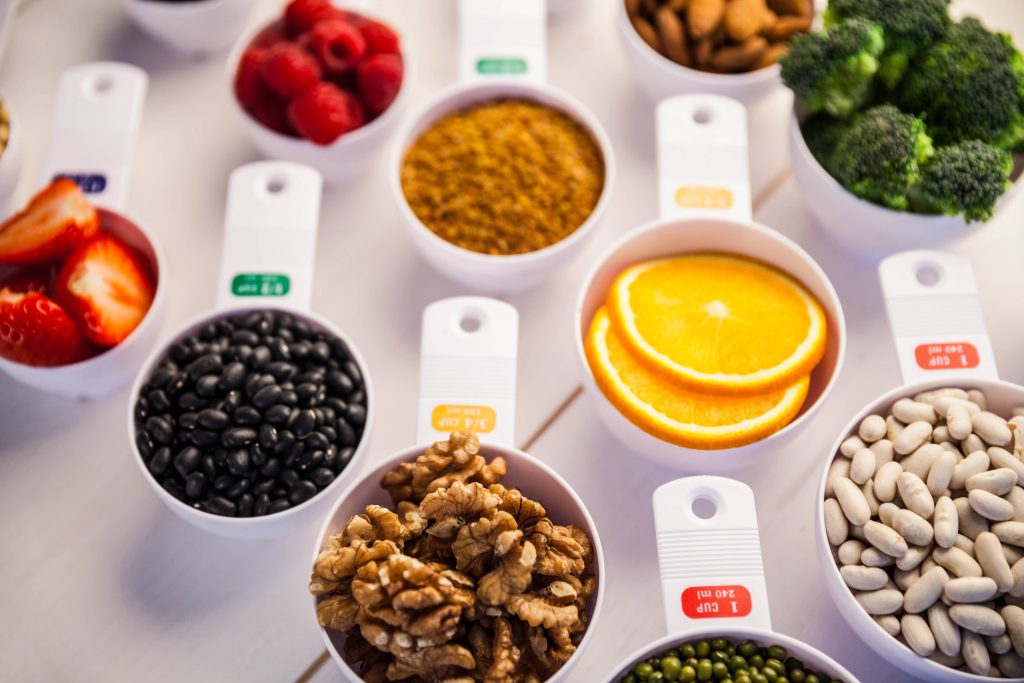
In the journey of growth, children undergo a myriad of developmental changes, with brain development being one of the most significant ones. As a health blogger focusing on nutrition for special groups, it’s crucial to shed light on how specific nutrients can affect brain development. One such set of nutrients gaining consistent attention are Omega-3 fatty acids.
Understanding Omega-3s: The Basics
Omega-3 fatty acids are essential fats, meaning the body cannot synthesize them from scratch but must obtain them from our diet. There are three main types of omega-3s: ALA (alpha-linolenic acid), which is found in plant oils, and EPA (eicosapentaenoic acid) and DHA (docosahexaenoic acid), which are found in marine oils, such as fish.
Out of these, DHA and EPA are most closely linked with brain health. DHA, in particular, is a primary structural component of the human brain, cerebral cortex, skin, and retina. From the prenatal stages through the early years of a child’s life, DHA plays a critical role in brain development.
The Role of Omega-3s in Brain Development
Prenatal Brain Development
The journey of brain development begins before a baby is born. Omega-3 fatty acids are vital during pregnancy as they help construct the developing brain of the fetus. Maternal intake of DHA can influence the child’s birth weight, length of gestation, and significantly, their cognitive development. Pregnant women are encouraged to consume adequate amounts of omega-3s, mainly through rich sources like fish or prenatal supplements.
Infancy and Toddlerhood
The first two years of life are a period of rapid brain growth. DHA accumulates in the brain and retinal tissues during this time. Studies suggest that higher DHA intake is associated with better cognitive outcomes, including problem-solving abilities, hand-eye coordination, and social skills. Infants who are breastfed typically receive adequate amounts of DHA, as long as the mother maintains sufficient levels in her diet. For formula-fed infants, many formulas are now fortified with DHA to support optimal development.
Childhood and Adolescence
As children grow, omega-3s continue to support cognitive functionality. Research has shown that children with higher levels of DHA and EPA in their blood tend to perform better on tasks requiring focus and memory retention. There’s also emerging evidence linking omega-3 levels with behavioral and mood regulation, which is particularly crucial during the transformational years of childhood and adolescence.
Scientific Backing: What Does Research Say?
Several studies have backed up the importance of omega-3s for brain health. For instance, a study published in the American Journal of Clinical Nutrition found that children whose mothers took DHA supplements during pregnancy scored higher on IQ tests. Another study showed better reading, spelling, and learning abilities among children who had high levels of omega-3s compared to their peers with lower levels.
Moreover, the impact of omega-3s extends to children with learning and behavioral difficulties such as ADHD. Meta-analyses have pointed to possible improvements in attention and behavior with increased intake of omega-3 supplements. However, while promising, more research is needed to draw definitive conclusions in this area.
Sources of Omega-3s for Children
Incorporating omega-3-rich foods into a child’s diet is essential. Some excellent sources include:
– Fish and Seafood: Salmon, mackerel, sardines, and trout are among the top sources of EPA and DHA. Aim for about two servings of fish per week.
– Plant-based Sources: For those who follow vegetarian or vegan diets, flaxseeds, chia seeds, hemp seeds, and walnuts are good sources of ALA. Though ALA needs to be converted into DHA and EPA by the body, consumption of these seeds can still contribute to overall omega-3 intake.
– Fortified Foods: Many eggs, yogurt, and milk products are now fortified with DHA, providing an additional way to boost intake.
– Supplements: For children who may not get enough omega-3 from food, DHA and EPA supplements can be considered. It’s best to consult with a healthcare provider to determine the appropriate dosage.
Practical Ways to Boost Omega-3 Intake
1. Make Fish a Fun Meal Time: Turn salmon into fish tacos or fish fingers to make it more appealing to kids.
2. Introduce Smoothies: Blend chia seeds or flaxseeds into fruit smoothies for an omega-3-rich snack.
3. Swap Oils: Use walnut or flaxseed oil as salad dressings or in baking.
4. Experiment with Recipes: Add ground flaxseeds to muffins, pancakes, or homemade granola bars.
Conclusion
Omega-3 fatty acids are indispensable for the cognitive development and overall brain health of children. Their role as an essential building block in brain structure and maturity cannot be overstated. While it’s crucial to ensure children receive adequate omega-3s through their diet, it’s equally important to make these nutrients part of a balanced, varied nutritional plan. Nutritional education and awareness are vital to supporting children’s health and development, laying the foundation for their future learning and overall well-being.
Ultimately, nourishing a child’s brain with omega-3s is an investment in their cognitive functions, emotional health, and social development. As parents and caregivers, understanding the impact of omega-3s and creating opportunities for their consumption can shape a brighter, healthier future for our children.










